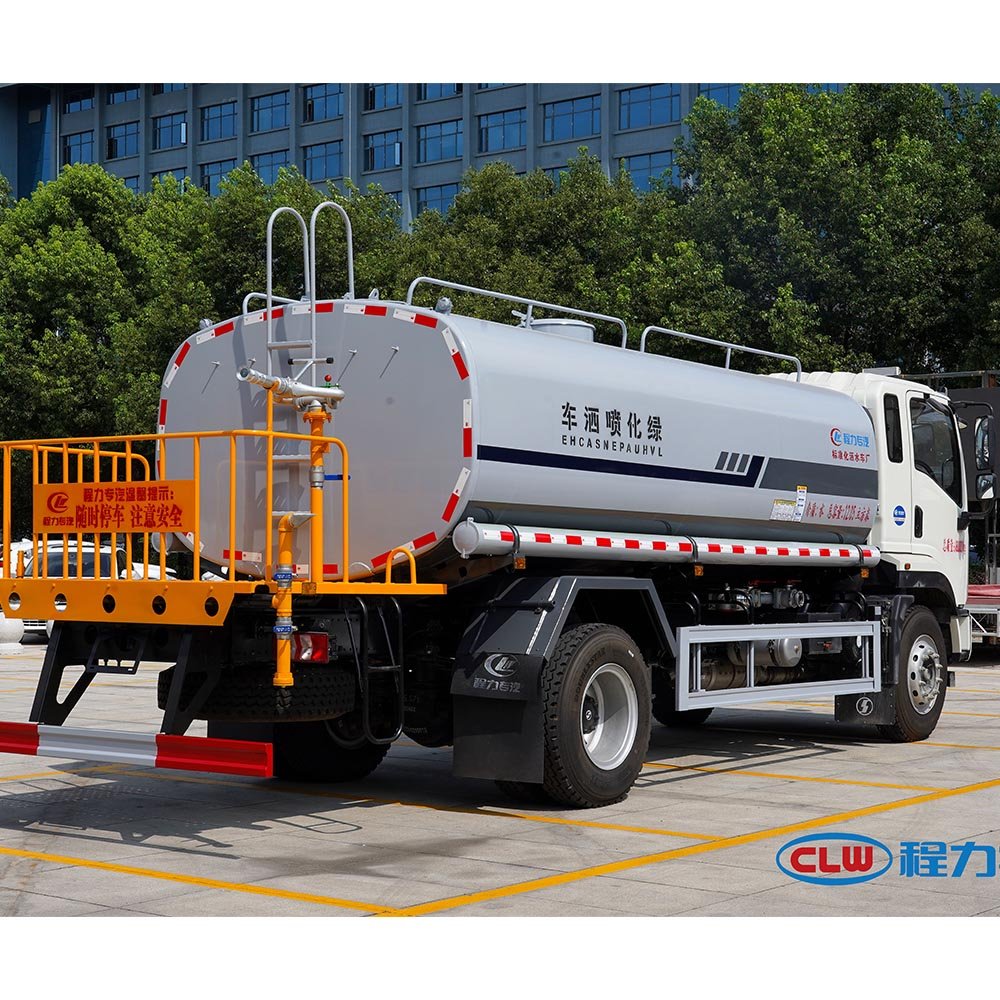Vita | Manager |
info@thespecialtrucks.com
Clw Inc.| No.1 special truck manufacturers in China | https://thespecialtrucks.com
Experience the Clw Inc. Difference - Visit Our State-of-the-Art Factory!
See firsthand our innovative manufacturing process and commitment to quality. Schedule your factory tour today:
info@thespecialtrucks.com
company catalogue
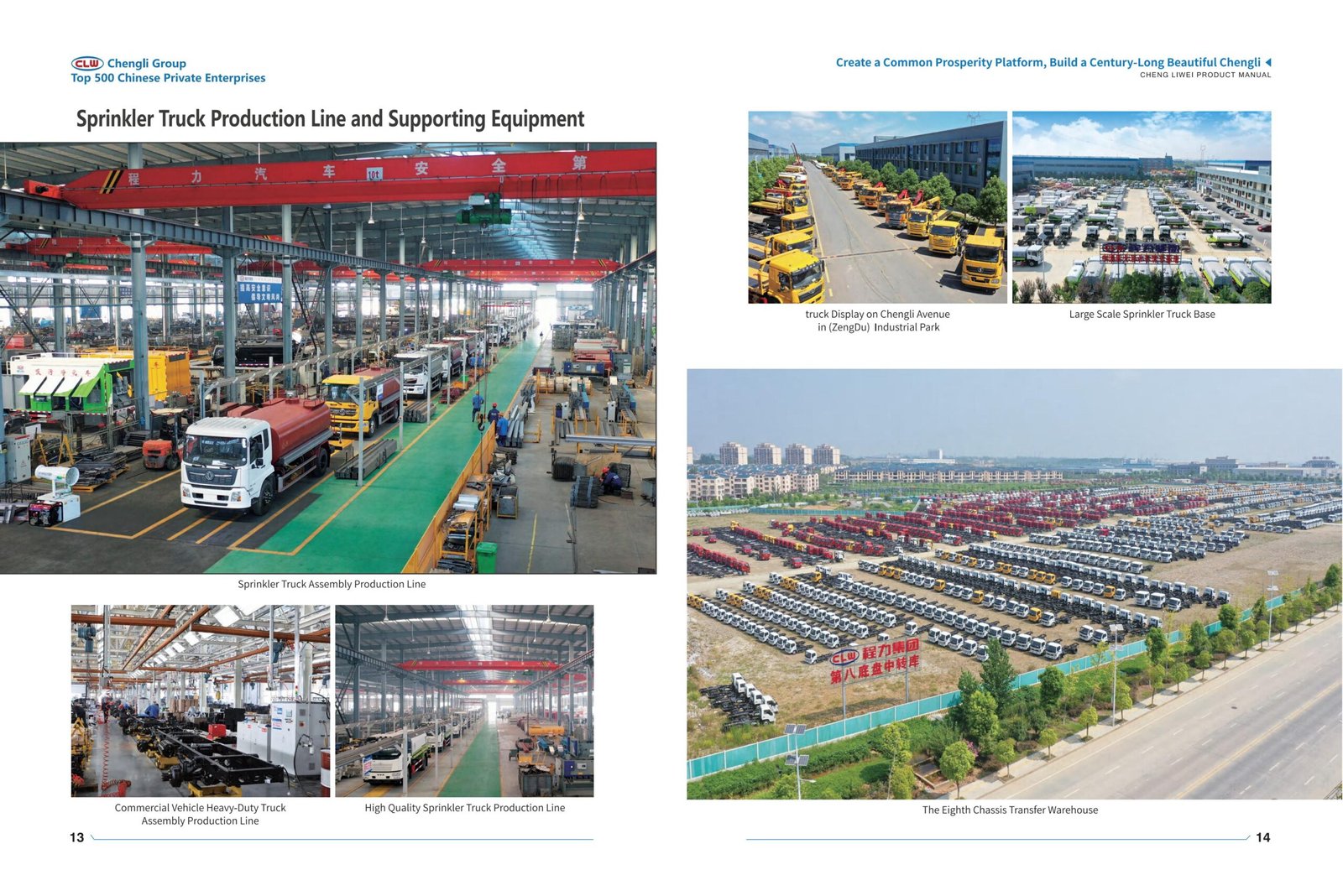
The role of a tanker hazmat driver is a critical one, requiring specialized training and expertise to ensure the safe transportation of hazardous materials. As a tanker hazmat driver, one must be equipped with the knowledge and skills necessary to handle these materials, as well as the ability to operate complex equipment and navigate through challenging road conditions.
What is a Tanker Hazmat Driver?
A tanker hazmat driver is a professional driver who specializes in the transportation of hazardous materials, such as chemicals, fuels, and other substances that require special handling and care. These drivers must undergo rigorous training and obtain specialized certifications to ensure they are equipped to handle the unique challenges of transporting these materials.
Key Responsibilities of a Tanker Hazmat Driver
Some of the key responsibilities of a tanker hazmat driver include:
* Transporting hazardous materials from one location to another
* Operating complex equipment, such as tanker trucks and trailers
* Navigating through challenging road conditions, such as construction zones and inclement weather
* Ensuring the safe handling and storage of hazardous materials
* Complying with all relevant regulations and safety protocols
Qualifications and Training
To become a tanker hazmat driver, one must meet certain qualifications and undergo specialized training. This includes:
* Obtaining a commercial driver’s license (CDL) with a hazmat endorsement
* Completing a training program approved by the Federal Motor Carrier Safety Administration (FMCSA)
* Passing a background check and obtaining a Transportation Worker Identification Credential (TWIC)
* Completing regular continuing education and training to stay up-to-date on the latest safety protocols and regulations
Importance of Safety Protocols
Safety protocols are of the utmost importance for tanker hazmat drivers. This includes:
* Wearing personal protective equipment (PPE), such as gloves and safety glasses
* Following proper loading and unloading procedures
* Ensuring the secure storage of hazardous materials during transport
* Complying with all relevant regulations and safety protocols
Types of Hazmat Tankers
There are several types of hazmat tankers, including:
* High-Capacity Carbon Steel Refueling Truck
* Carbon Steel Oil Tanker 12.7m³
* Edible Oil Transport Truck
Challenges Faced by Tanker Hazmat Drivers
Tanker hazmat drivers face a number of challenges on the job, including:
* Navigating through heavy traffic and construction zones
* Dealing with inclement weather conditions
* Managing the stress and pressure of transporting hazardous materials
* Ensuring compliance with all relevant regulations and safety protocols
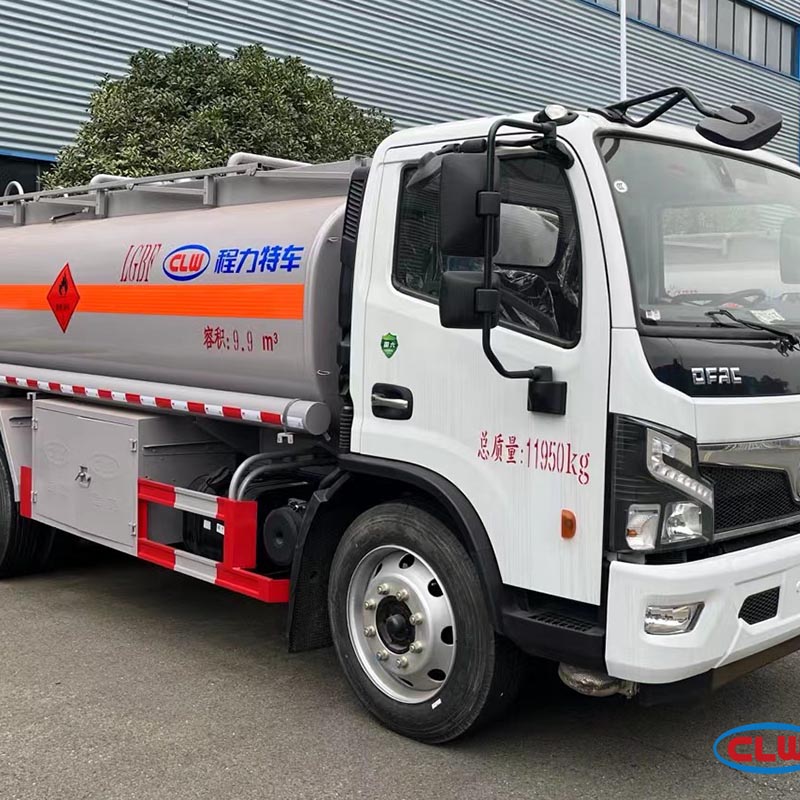
Benefits of Being a Tanker Hazmat Driver
Despite the challenges, there are many benefits to being a tanker hazmat driver, including:
* Competitive pay and benefits
* Opportunities for advancement and career growth
* The satisfaction of knowing that one is playing a critical role in the safe transportation of hazardous materials
* The opportunity to work with a variety of different materials and equipment
Conclusion
In conclusion, the role of a tanker hazmat driver is a critical one, requiring specialized training and expertise to ensure the safe transportation of hazardous materials. By understanding the key responsibilities, qualifications, and challenges faced by these drivers, we can appreciate the importance of their work and the benefits that come with this career.
Frequently Asked Questions
What is the average salary of a tanker hazmat driver?
The average salary of a tanker hazmat driver can vary depending on experience and location, but it is typically around $60,000-$80,000 per year.
What kind of training is required to become a tanker hazmat driver?
To become a tanker hazmat driver, one must complete a training program approved by the Federal Motor Carrier Safety Administration (FMCSA) and obtain a commercial driver’s license (CDL) with a hazmat endorsement.
What are some of the biggest challenges faced by tanker hazmat drivers?
Some of the biggest challenges faced by tanker hazmat drivers include navigating through heavy traffic and construction zones, dealing with inclement weather conditions, and managing the stress and pressure of transporting hazardous materials.
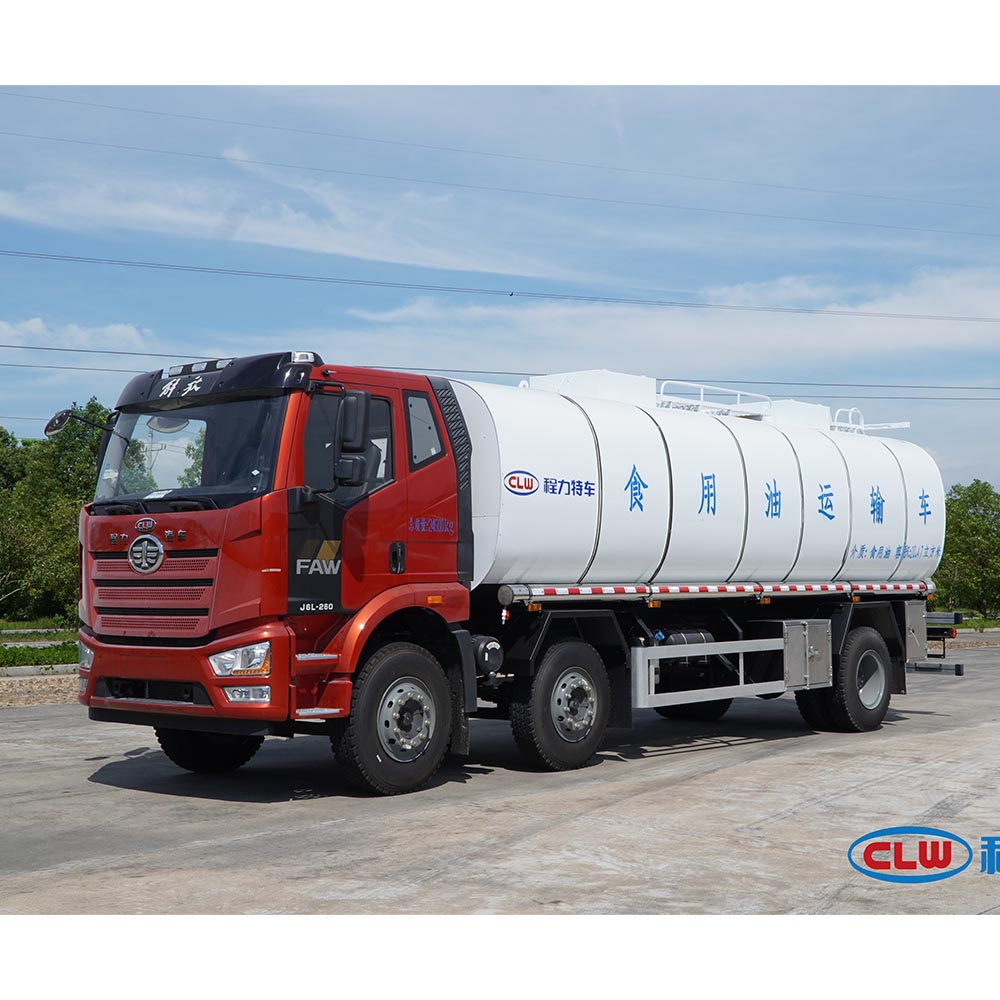
Future of Tanker Hazmat Driving
The future of tanker hazmat driving is likely to be shaped by advances in technology and changes in regulations. Some potential developments that may impact the industry include:
* The use of autonomous vehicles for the transportation of hazardous materials
* The development of new, more efficient types of hazmat tankers
* Changes to regulations and safety protocols in response to emerging trends and challenges
Related Resources
For more information on tanker hazmat driving, please visit the following resources:
* Aluminum Alloy Oil Tanker – 320HP, 26m³ Capacity
* Fuel Truck – 12.6m³ Diesel Engine
* Dongfeng Plate Refueling Truck 130 HP Diesel Performance
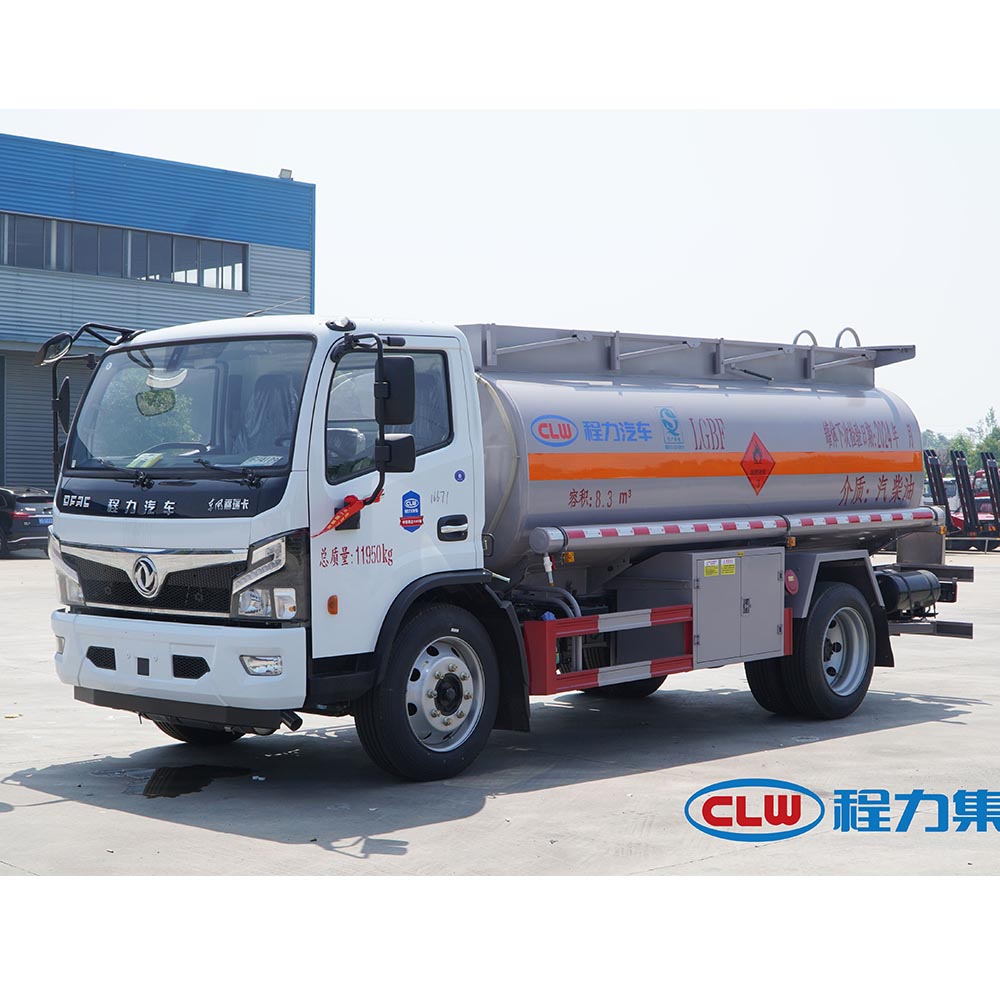
Summary
In summary, the role of a tanker hazmat driver is a critical one, requiring specialized training and expertise to ensure the safe transportation of hazardous materials. By understanding the key responsibilities, qualifications, and challenges faced by these drivers, we can appreciate the importance of their work and the benefits that come with this career.






